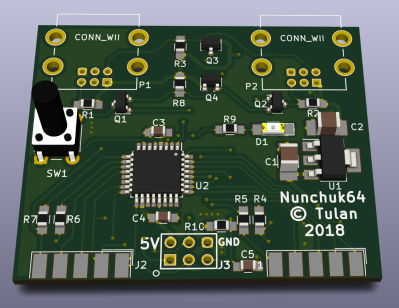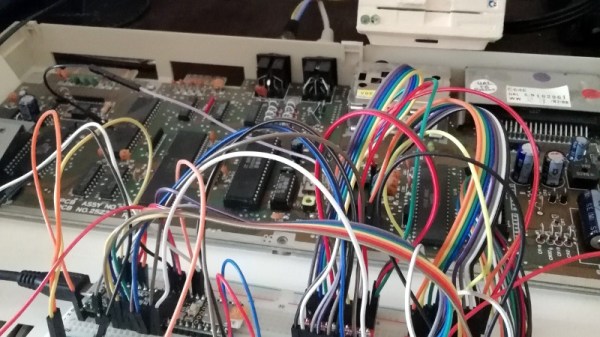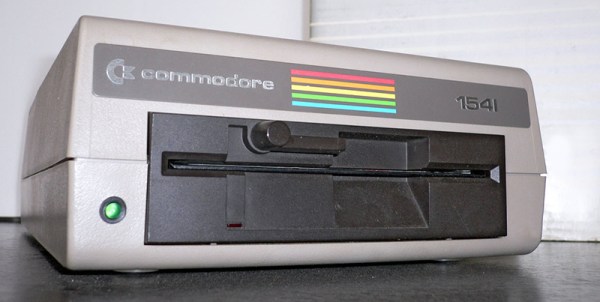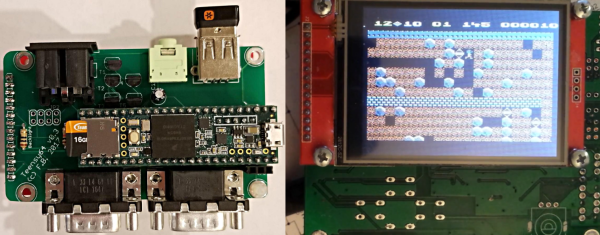There’s never been a better time to build your own Commodore 64, apparently. Within a day of each other, we got tipped off on three (3!) separate C64 builds from two different hackers.
This has been made possible by a series of disparate projects that have individually recreated a piece of the full machine. Replacement motherboards exist, like the Ultimate 64 and the C64 Reloaded Mk2. New cases can be had courtesy of Pixelwizard. Even new keyboard bases can be had thanks to the Mechboard 64 project.
[Eric Hill] took all these parts and built his own C64 from scratch. And not content with one, he repeated the process and built another.
These two machines serve as demos for the two different motherboard options. Taken together, they serve to demonstrate how many of the vintage Commodore components have been remanufactured by the fan community: with the exception of the keycaps and possibly some of the silicon, all the parts in both machines are new.
Did we just say “keycaps?” This became the pet project of [Perifractic], who discovered that certain Lego Technic pieces had the same cross-shaped slot as the original Commodore 64 keys. After some experimentation, a full set of Lego keycaps was produced. (YouTube, embedded below.) Far from a thrown-together set of random pieces, the sets are available for order with printed tiles with recreation graphics. And this lets you build a C64 using precisely zero parts that came out of a Commodore factory. It’s a testament to the popularity of the world’s best selling computer that it is now once again possible to build one with brand new parts.
If you want to replicate this feat, [Perifractic]’s website is set up to make ordering everything you need easy. Things have certainly come a long way from the first reproduction cases launched on Kickstarter a few years ago.
[Thanks to Keith O for the tip!]

















